I'm working on a REST API using Spring. I have this class, which id's is being generated automatically:
@Entity
public class Seller implements Serializable{
private static final long serialVersionUID = 1L;
@Id
@GeneratedValue(strategy = GenerationType.AUTO)
private Long id;
private String name;
private double tasa;
public Long getId() {
return id;
}
public String getName() {
return name;
}
public void setName(String name) {
this.name = name;
}
public double getTasa() {
return tasa;
}
public void setTasa(double tasa) {
this.tasa = tasa;
}
}
I added some endpoints to create, delete and get a seller from the DB. So my problem arises when I delete one seller from the DB. When I try to create a new one, I was expecting to get the lower available value for the id but what is actually doing is using some kind of counter/sequence. Let me show you:
So in my second post instruction I was expecting a json with id = 1, instead I received a 2. I tried using TABLE and IDENTITY strategies but the unwanted behavior continued. So my question is: how can I achieve the behavior I desire? I don´t want gaps between my seller's ids.



